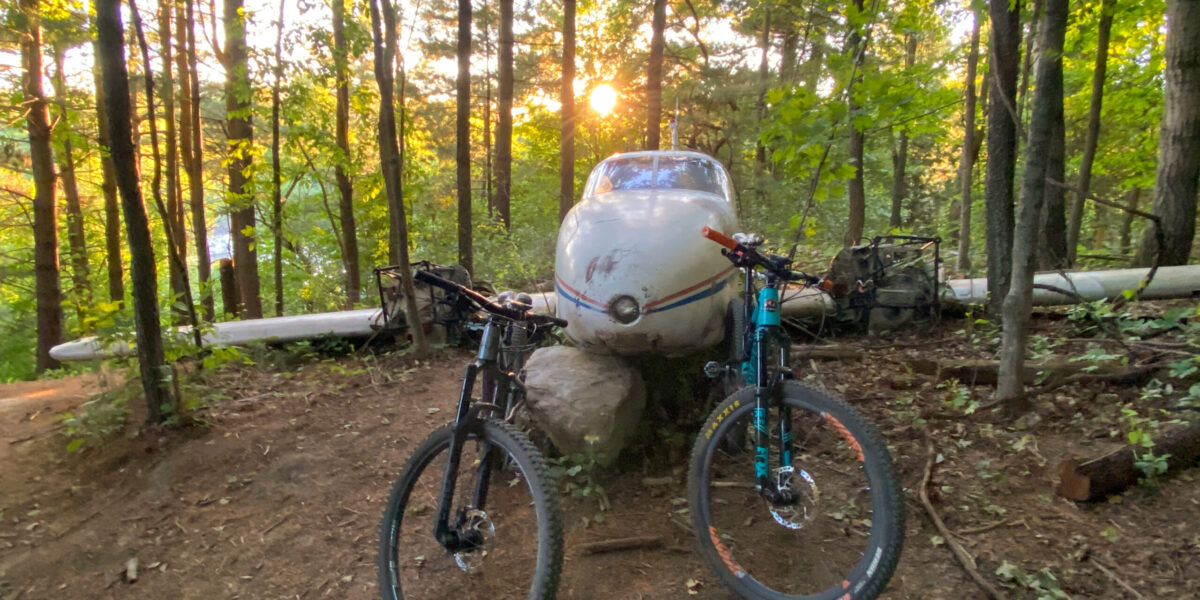As we approach what is sure to be an epic weekend for riding, it is worth noting that many Wild Parsnip plants are now in full bloom.
Since this invasive plant has been around for the past few years, most of us are aware of the dangers of its sap, but for those who aren’t, you should know that there are some very very bad places to bail along our trails.
If you’ve ever had a reaction to Poison Ivy, by most accounts, Wild Parsnip is worse… A lot worse. The saving grace is in how the toxin is transferred.
Unlike Poison Ivy, a soft brush of the leaves (i.e: walking past one) is not likely to cause a reaction. The reaction to Wild Parsnip, called a phyto-photodermatitis, occurs when the sap is transferred to human skin, absorbed, then exposed to UV. This will happen quite easily if you were to cause trauma to the plant (i.e: riding, or crashing into one).
Please take the time to familiarize yourself with what this plant looks like, for easy trail-side identification. They aren’t difficult to spot, mature plants can stand at heights over 6 feet tall. When in bloom, they have wide, flat clusters of yellow flowers, similar to Queen Anne’s Lace, but larger, taller, and not white.
Currently, there are several large plants on the second half of the Home Loop, just left of the patio stones after the creek crossing, below Rob’s house. This is a very fast section of trail, after a long descent, so please ride with caution so as to avoid hitting these plants.
We will work to have them neutralized as quickly as possible, but this may take time.
With that said, some things may still be a bit damp, but overall, the trails are in great shape.
Happy Trails!



